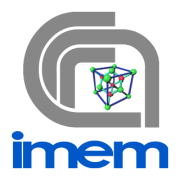2D X-ray detector developments and applications at ESRF
The ESRF Detector Unit has a long experience in the development of X-ray detectors for a wide range of synchrotron applications. After a brief introduction of the ESRF, this talk will present examples of in-house designed 2D detector systems and their applications on beamlines, with some insights into the underlying technologies.

